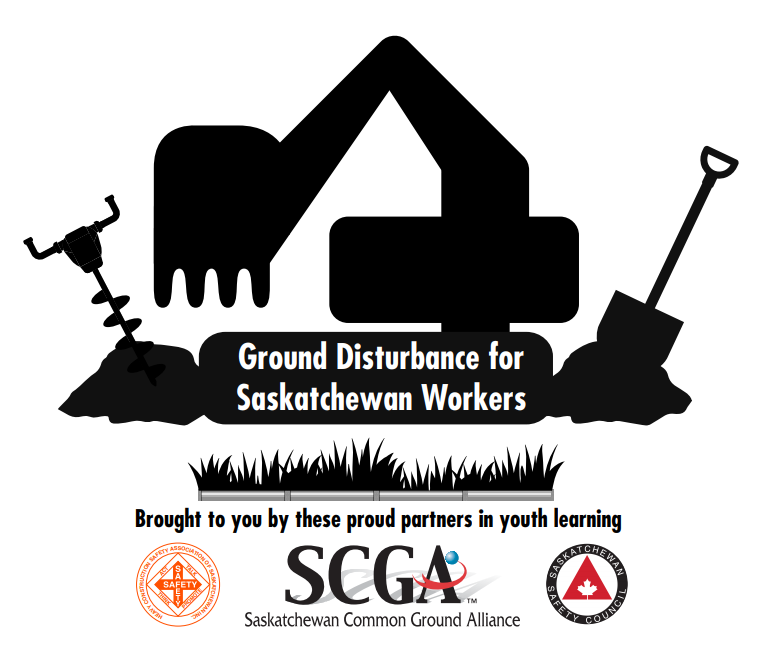
First of its kind youth online safety training program launches in Regina
The phrase “Youth is our future” – is it just another tired cliché? Or is it something that many take to heart?
For the Saskatchewan Safety Council (SSC), the Saskatchewan Common Ground Alliance (SCGA) and the Heavy Construction Safety Association of Saskatchewan (HCSAS), that phrase isn’t just empty words. It is a call to action that they realized together during a special media event on July 15.
On that day at a Wappel Construction site in Regina, the companylaunched what is believed to be a North American first, partnering together to create an online safety construction program aimed at youth aged 14-21. The “Ground Disturbance for Saskatchewan Workers” training initiative, available on the SSC website at www.sasksafety.org, will instill safe working skills to potential future young employees in the field.
 |
For SSC president Ryan Jacobson, the initiative is a game changer, especially in a larger and more sparsely populated province like Saskatchewan.
“Everyone that works in a ground disturbance industry whether it be agriculture, landscaping, construction or road building needs access to basic best practices to work safely,” said Jacobson. Citing the unique industry-created online course, he added that it provides a way “to get all those trained in rural Saskatchewan that may not have training agencies close at hand.”
The approximately two-hour online course is free, delivered via the SSC website. If the participant passes the course, they will receive a recognized safety construction certificate, immediately downloadable upon completion. The program is a key component in the Council’s Career Safety Education Program, which has been designed by industry experts to address the most common injuries to new workers in their respective fields.
SCGA president Derrick Mann told the media conference that evidence shows injuries happen both during complex construction work but also during what most people would recognize as more routine situations. Canada experiences $1 billion worth of damages every year from underground facility damage. But Mann said the biggest issue remains eliminating the risk of personal risk of injury and even death. These incidents are preventable with the right safety mindset.
“Developing safety habits when one is young produces a lifetime of benefits,” Mann said.
Construction activity in Saskatchewan has remained at historically-high levels, even during the COVID-19 pandemic. There were 151,282 requests for line locates in 2020, a close to seven per cent increase from the year previous, and about 700 contacts with underground facilities in 2019.
This course puts the industry “one step closer to be able to create that safety culture, that safety behaviour right on site,” said Natalya Uchacz, chief operational officer, Heavy Construction Safety Association of Saskatchewan. “When we are able to start right at the beginning with our youth and help them become informed before they actually go into a construction site, then overall we will have a safer industry.”
The partners are confident this training can reduce the incidents caused by striking underground utility infrastructure or soil collapse. The course includes content such as ground disturbance and hazards assessment, reporting damage and line locating, daylighting, control zones, color codes, soil conditions and emergency assessment among other things.
Young workers and those new to jobs that work in soil, who are pursuing careers in agriculture, heavy construction, residential construction, landscaping or with companies that provide services to utility companies are encouraged to complete this free training course.
For Eli Sorenson. a young field worker, the course is the kind of encouraging development that shows that the industry, in addition to aiming to provide competitive pay and a good working environment, are interested in the health and well-being of their workers.
“As a person with my whole life and career in front of me, I want to work in a place where they take safety seriously,” Sorenson told the media conference.
That’s exactly the type of environment these three partners want to create in every construction workplace. They want to prove that working safely, much like investing in our youth, is definitely more than a cliché.